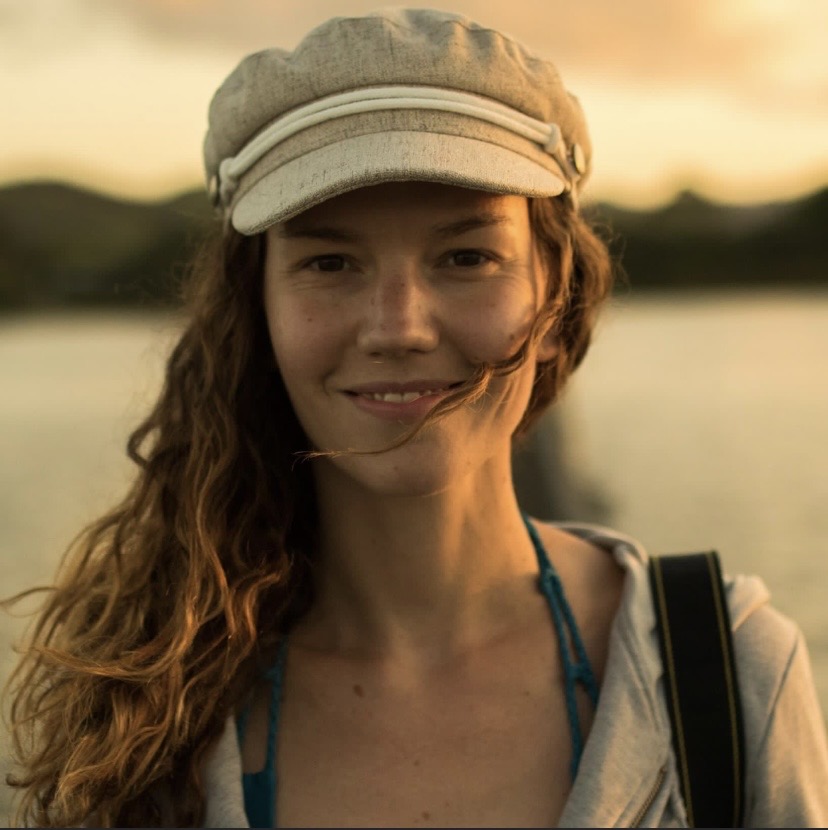
Meet Julie Chandelier
Photographer · Expedition Guide · Visual Storyteller
Based in Christchurch, New Zealand, Julie is a multidisciplinary creative working at the intersection of photography, film production, and expedition guiding.
Whether she’s documenting wildlife in some of the world’s most remote locations, coordinating logistics on film sets, or guiding guests through the Arctic and Antarctic, Julie’s work blends storytelling, organisation, and visual impact.
She currently splits her time between the film industry, where she works as a Production Coordinator, and leading expeditions in polar regions. In 2024, she expanded her practice by teaching photography on safaris in Botswana, mentoring participants, and leading small group experiences in the field.
Julie’s passion lies in telling meaningful stories, both through the lens and the written word. She regularly contributes to editorial projects focused on conservation and travel, with work featured in BBC Wildlife Magazine, Oceanographic, Sidetracked, Mother Magazine, and The Guardian.
She also produces digital content, capturing behind-the-scenes moments and crafting immersive visual narratives across platforms. Julie is always open to new creative collaborations whether on location, behind the lens, or behind the scenes.
Journey and Inspiration
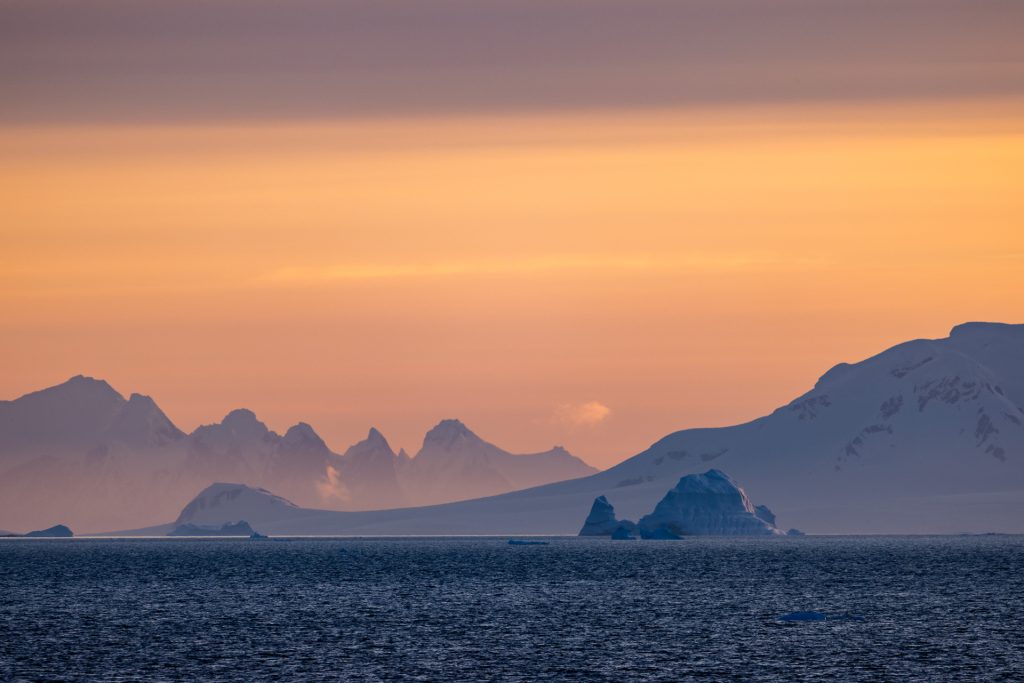
You’ve explored seven continents and now call New Zealand home. How has this global experience shaped your perspective as a photographer?
Traveling across seven continents has given me a deep appreciation for the interconnectedness of our natural world.
Every environment, from the icy wilderness of Antarctica to the African bush, has its own rhythm, challenges, and beauty.
Along the way, I’ve visited some of the most remote villages and witnessed vastly different ways of life, each teaching me the value of gratitude and perspective.
These experiences have shaped my approach to photography. I strive to capture not just wildlife but also the vastness and fragility of the landscapes they inhabit.
Living in New Zealand has reinforced my love for the great outdoors and respect for conservation efforts, as it’s a place where human impact on nature is both evident and actively addressed.
Your work deeply connects with nature and conservation. What’s the most powerful story you’ve ever captured, and why does it stand out?
Funnily enough, despite spending most of my free time with animals, one of the most powerful stories I’ve captured was about a person named Nancy, a local from Sumner Beach, near my home in Christchurch.
At nearly 93 years old, she was still surfing her local break, even in winter. I first met her while photographing behind-the-scenes images for a friend’s short film about her, which led to a deep friendship.
Over the course of a year, I documented her life both in and out of the water, learning her secrets to longevity, tending to her garden daily, embracing the ocean, and dancing.
Though she has since passed, Nancy was a true inspiration, and her story resonated with people around the world. You can see the photos of this project here.
Photography and Storytelling

Your images evoke strong emotions. What’s your creative process for capturing the essence of a moment?
I believe in patience and intuition.
I often spend a long time observing before I even lift my camera… watching how light moves, how an animal behaves, or how a landscape shifts in mood. Composition is key for me, and I love placing wildlife within vast, open spaces to highlight scale and isolation.
That said, most of my images are almost never planned. While I research where I go, I avoid envisioning a specific shot or trying to control the outcome. So much of what I capture happens spontaneously.
I rely on being opportunistic, adapting to the moment, and working solely with natural light. Spending so much time in nature and around wildlife has taught me to embrace unpredictability and trust the process.
I saw your stunning image that earned you a Highly Commended award in the Wildlife Category of the New Zealand Geographic Photographer of the Year 2024 competition, and I even voted for it! Can you share the story behind that shot? How you captured it, the challenges you faced, and what this recognition means to you?
First of all, thank you for voting for my image! The New Zealand Geographic Photographer of the Year is one of the most prestigious photography competitions in the country, so being a finalist and earning a Highly Commended award in the Wildlife category was a personal milestone that I’m incredibly grateful for.
To be honest, I had applied for a few years without making the cut, so I wasn’t expecting anything from last year’s competition. It was a wonderful surprise to be contacted as a finalist! Competitions like this can be tough and highly subjective, so I always remind myself, and others, not to measure success solely by awards. While recognition from our peers is encouraging, it should never be the primary goal for any aspiring photographer.
This image is particularly close to my heart because it was taken in Kaikōura, one of my favorite places in the world, where I’ve been photographing dusky dolphins since 2020. The connection I’ve built with this place and its wildlife makes this recognition even more meaningful.
Technical Aspects
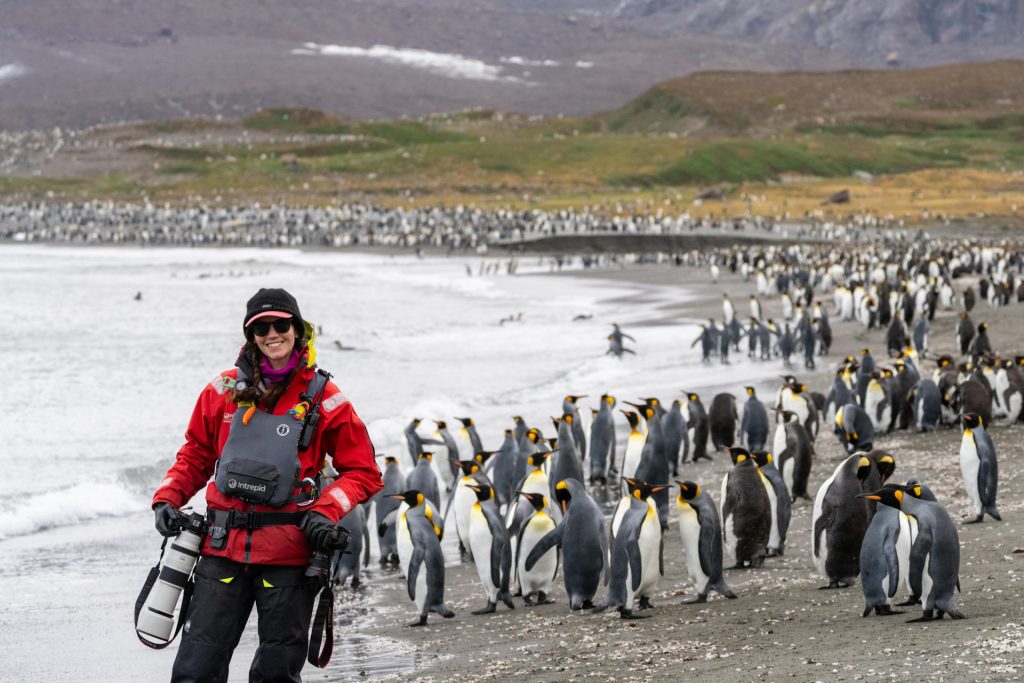
What’s in your camera bag when you embark on an expedition? Any favorite lens and gear you can’t live without?
I like to travel as light as possible while still being prepared for a range of situations.
My go-to setup includes a Canon R5 with a Canon RF 100-500mm lens for wildlife, as well as a Canon RF 24-70mm f/2.8 for environmental shots. I also carry a wide-angle lens, a Canon 17-40mm for landscapes and underwater work. My other favorite lens is my Canon Macro 100mm, great for portraiture.
Of course I also always carry spare batteries and memory cards as well as weather protection, especially in extreme conditions.
Do you have a specific workflow or philosophy when it comes to post-processing, especially in maintaining the authenticity of your images?
I aim to keep my editing subtle and true to what I experienced in the field. I make small adjustments to enhance contrast, tones, and clarity but avoid excessive manipulation.
The goal is always to evoke the same feeling I had when I took the shot while staying true to the natural scene.
Capturing wildlife and nature often requires patience and persistence. What’s the most important thing to consider to get the perfect shot?
Respect. Understanding and respecting an animal’s behavior is far more important than getting a perfect image. If you push too hard, you risk disturbing their natural state.
The best moments happen when you give wildlife the space to act naturally, without interference.
You do need a lot of patience indeed. It is not for everyone.
Conservation and Impact
Your work raises awareness about conservation efforts. What role do you believe photography plays in inspiring real change?
Photography has the power to bridge emotional and intellectual gaps.
A single image can make people feel awe, concern, or curiosity emotions that can drive action.
I see photography as a storytelling tool, a way to create connections between people and the natural world, especially for those who may never experience these places firsthand.
You’ve collaborated with many organizations and researchers. How does working on these projects influence your personal and professional growth?
Collaborating with researchers has deepened my understanding of conservation issues and helped me approach storytelling in a more informed way. It has also reinforced my responsibility as a photographer, not just to capture beauty but to document reality, even when it’s uncomfortable or challenging.
You’ve seen the beauty and fragility of nature up close. What’s one environmental issue that you feel isn’t getting enough attention?
One environmental issue that I feel isn’t getting enough attention is the state of our rivers and waterways.
In New Zealand, despite the country’s clean and green reputation, many of our freshwater ecosystems are in a dire state. A combination of intensive agriculture, nutrient runoff, and a lack of proper investment in water management has led to significant degradation.
These waterways are the lifeblood of so many ecosystems, yet pollution, habitat destruction, and unsustainable practices continue to threaten them. I believe there needs to be a stronger commitment to protecting and restoring our rivers, not just for wildlife but for the communities that depend on them.
Heritage and Identity
Growing up between French and Swedish cultures, how has your heritage influenced your artistic vision and storytelling?
My French side brings a sense of passion and emotion to my storytelling, while my Swedish heritage has instilled in me a deep respect for nature and simplicity.
Scandinavian minimalism influences my composition. I’m drawn to clean lines, negative space, and a subdued color palette.
At the same time, the French love for art and philosophy pushes me to think about the deeper meaning behind my images.
You’ve documented everything from whale research in the Subantarctic Islands to leading photography safaris in Africa. What keeps you motivated to continue exploring and sharing these stories?
A mix of curiosity and urgency. Every time I step into a new environment, I realise how much more there is to learn and share.
But there’s also a sense of responsibility. Many of these places and species are facing unprecedented challenges, and if I can help document and protect them through my work, then I feel I’m doing something meaningful.
I think I will never tire of getting out of my comfort zone and exploring.
Advice and Vision

For aspiring photographers who want to tell meaningful stories, what’s one piece of advice you wish you had when you started?
Tell the stories that genuinely move you. It’s easy to chase trends or try to capture what you think people want to see, but the most powerful images come from a place of real connection. Don’t be afraid to develop your own visual language and trust your instincts. Basically, do you!
Anything else you’d like to share with us?
You are more than welcome to cast an eye on my website www.juliechandelier.com. It is always a work in progress though, I am currently going through and editing my recent images I captured during my third season in Antarctica so keep an eye for more updates.
My Instagram page is where I publish most of my recent work @julie_chandelier. I may also be working on offering future photography workshops so stay tuned!
Did you Like this Interview?
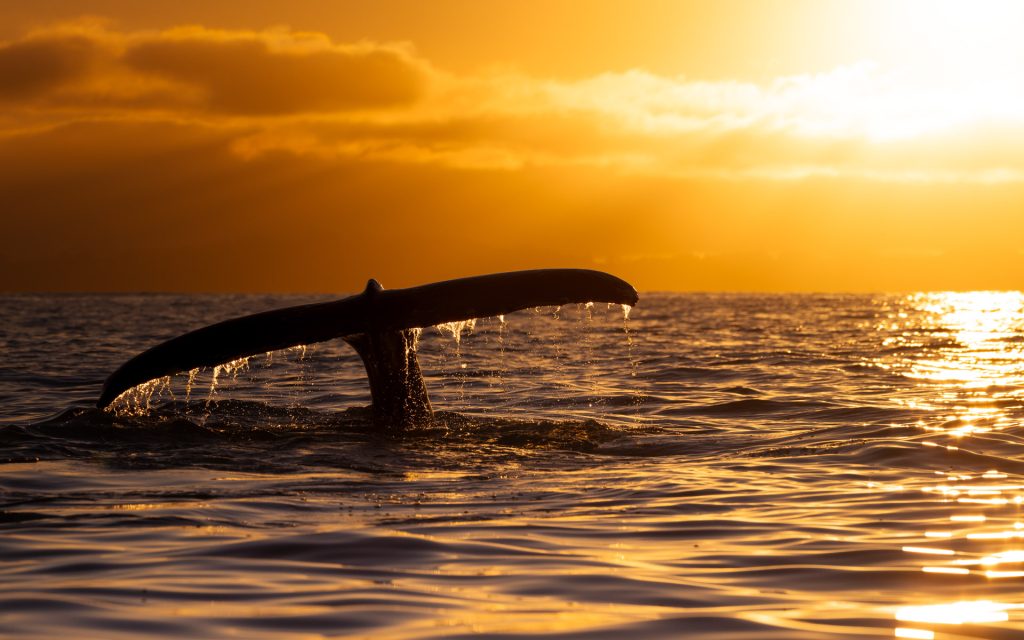
We’d love to hear your thoughts!
✅ Leave a comment below and tell us your favorite takeaway.
✅ Share it with a fellow nature lover or aspiring photographer.
✅ Follow us for more inspiring stories from photographers and creatives around the world.
Want to suggest someone we should feature next? Let us know!
